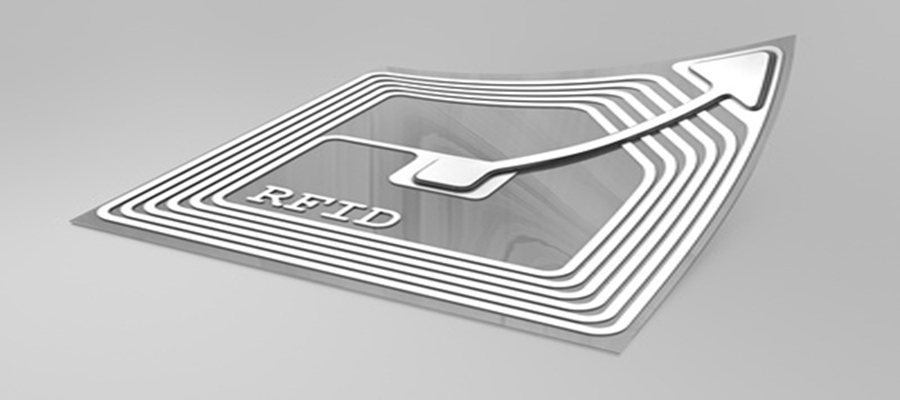Passive RFID tags electronically store data enabling RFID readers and antennas to identify and track objects. Each RFID tag has specific attributes that define its limitations physically, environmentally, and mechanically. When applied to a particular RFID system’s requirements, these limitations help narrow down the search to find the optimal tag. The seven attributes below should be considered when you need to buy RFID tag.
Frequency Range
Similar to the other parts of an RFID system, RFID tags should be tuned to the correct frequency range for the country in which they are deployed. If the reader is transmitting on the 902-928 MHz band and attempts to read tags tuned to the 865-868 MHz band, the tags will not respond.
Environment
If your application must endure extreme temperatures, sand, water, dirt, or an intensive laundering process, it is essential to select an RFID tag that is built to withstand such conditions.
Mounting Surface
Each RFID tag is designed to be applied to a specific set or sub-set of materials. RFID tags generally work well on materials such as plastic, wood, or cardboard, but only certain tags have the ability to work well on more complex materials such as metal or glass. Tags that can be mounted on metal or glass usually cost more than typical RFID inlays or labels.
Size
Buy RFID tag you need choose the size that make sure you like it, RFID tag are manufactured in different sizes and shapes to better accommodate for unique applications. Depending on the specific application and the amount of space on the object to be tagged, size can play a critical role in determining the ideal tag. Some applications are hampered by the lack of available room on an object, such as tagging medical and surgical instruments.
Attachment Method
The material and shape of the item to be tagged are two of the most important aspects to consider when determining the appropriate attachment method. Some tags will work well with all-purpose adhesives and epoxy, while other tags will need to be adhered with rivets, screws, or welding equipment. Objects such as cardboard boxes typically will be tagged using general purpose adhesive, while metal pallets might require rivets or screws.
Read Range
An RFID tag’s read range is a crucial component of almost all RFID systems. However, there are many factors that affect read range – such as antenna gain, reader transmit power, and tag orientation – and each should be considered when determining the optimal range for your application.
Custom Printing & Encoding
Custom printing and encoding do not necessarily narrow down the RFID tag choices; however, both are important to consider before purchasing. If your application is customer facing, custom printing may be a feasible option to keep your tags looking professional with a logo or a barcode on the front. Custom encoding may be beneficial if you lack the time, equipment, or manpower to encode your RFID tags with a custom sequence of data. Access control applications are a primary example of where custom encoding plays a crucial role.
Now RFID technology has already been used widely in our life, health-care, e-payment, asset tracking, access control etc. One RFID tags/stickers are not able to fits all fields application. To have a successful RFID system, a label is needed that will withstand the application demands. No matter your needs are for more convenient safe payment, easy life, retail chains, or you are Buy RFID tag for a more accurate method of tracking your products, Shenzhen Chuangxinjia is committed to providing RFID tag/labels that meet your specific need. And our dynamic experienced team helps you to get right RFID tags and technique supporting to have the right result for your RFID application.







